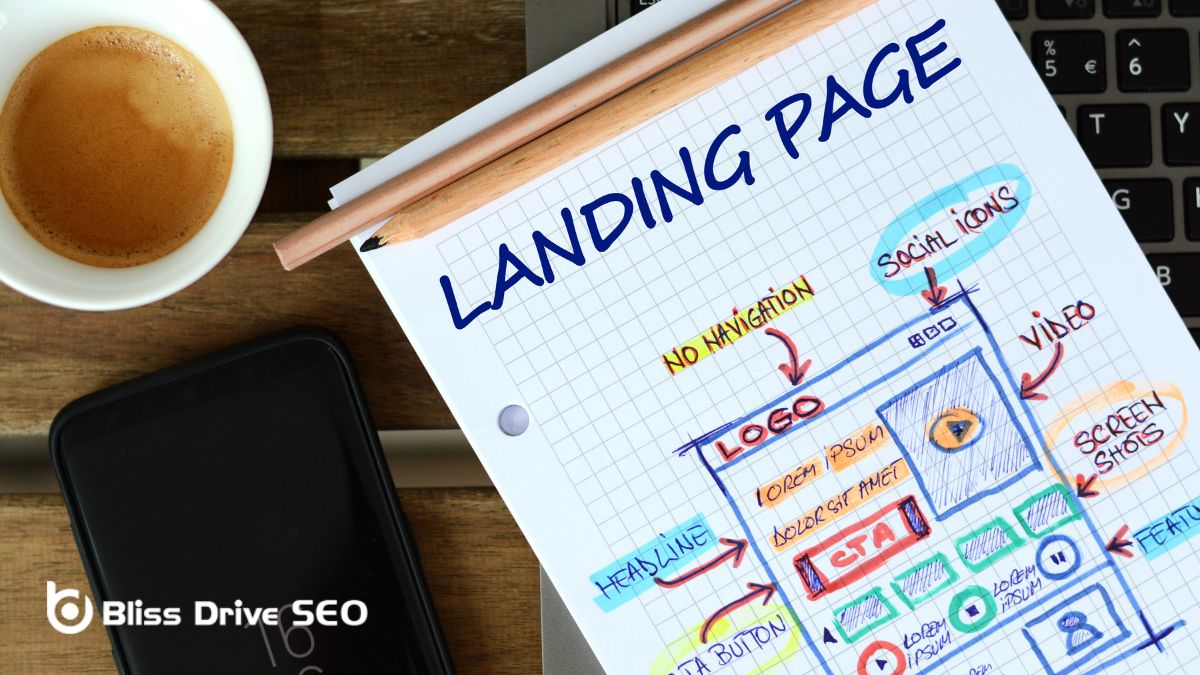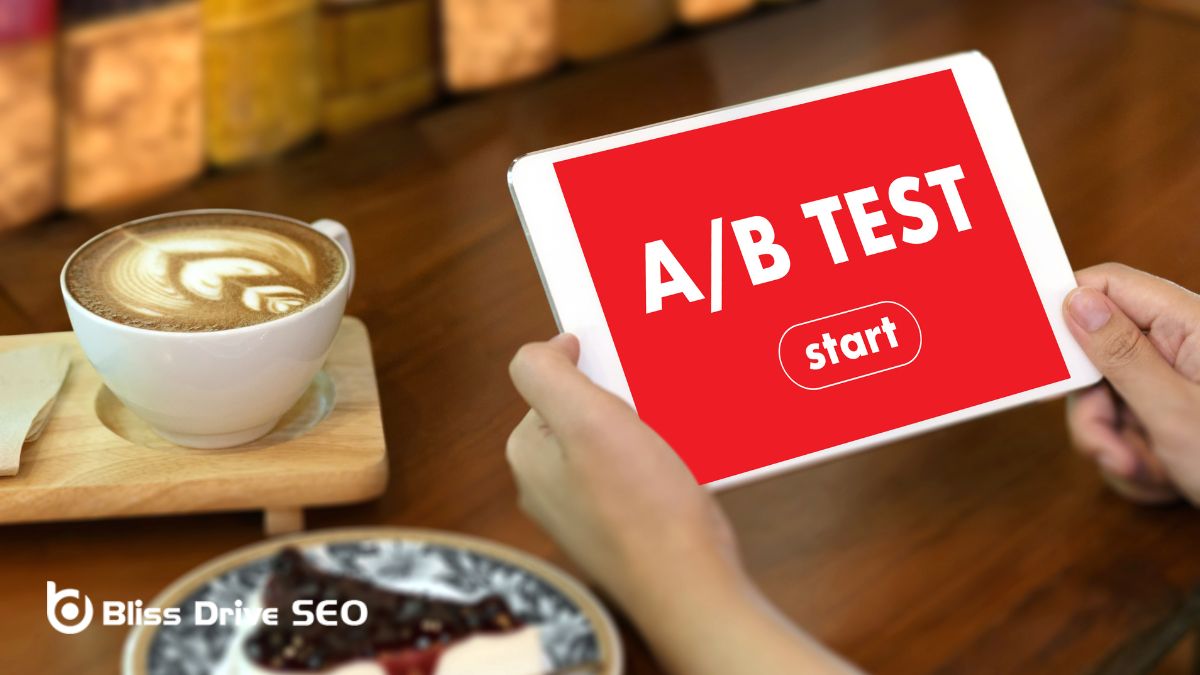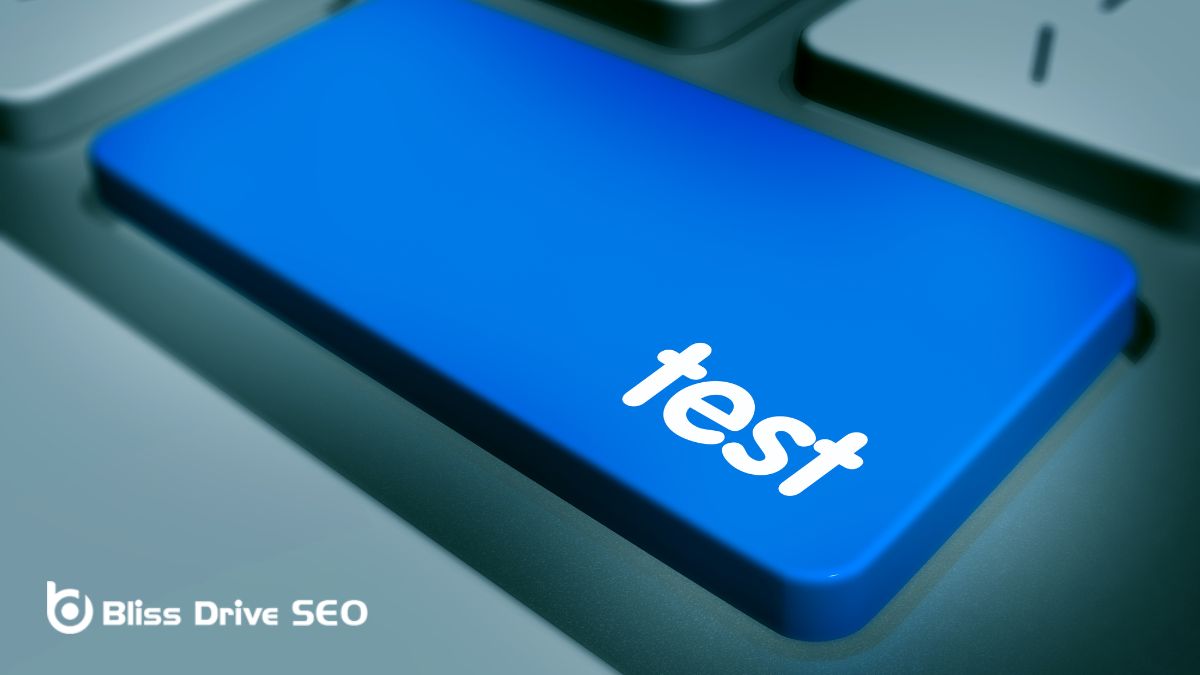Digital Marketing Services
Learn More About Us

You know how essential it is to optimize your landing pages, but have you considered the power of A/B testingA method of comparing two versions of a web page or app against each other to determine which one pe... in this process? By systematically testing elements like headlines, images, and call-to-action buttons, you can decipher what truly resonates with your audience. Platforms like Optimizely and VWO make this easier, allowing you to refine your design based on concrete data. Imagine boosting your conversionThe completion of a desired action by a referred user, such as making a purchase or filling out a fo... rates and maximizing ROI just by tweaking a few components. Curious about the best strategies and tools to employ? Let's explore how you can harness A/B testing to perfect your landing pages.

A/B testing, often referred to as split testingAnother term for A/B testing, where two versions of a webpage or element are compared., is a method where you compare two versions of a landing pageThe web page a user is directed to after clicking on an affiliate link, optimized for conversions. to see which one performs better when it comes to conversion rates. Around 60% of companies use this technique to enhance user experience and boost conversions. By focusing on different landing page elements like headlines, images, and the call to action, you can identify which changes leadA potential customer referred by an affiliate who has shown interest in the product or service but h... to higher conversion rates.
When you use an A/B testing platform, you'll test elements like the lead generationThe process of attracting and converting prospects into potential customers. form or the layout. This helps you understand what design features resonate most with your audience. The goal is conversion rateThe percentage of visitors who complete a desired action, such as making a purchase or filling out a... optimization, meaning you want more visitors to take desired actions, like filling out a form or making a purchase.
To [CONFIRM] your results are reliable, you must achieve statistical significance. This means the difference in performance between the two versions isn't due to chance. Pay attention to metrics like high bounce rateThe percentage of visitors who leave a website after viewing only one page., which indicates users leave your page quickly, and make adjustments accordingly.
Revealing the potential of your landing page through A/B testing offers numerous benefits that can greatly impact your business's success. By comparing different versions of your landing page, you can pinpoint the design elements that resonate most with your audience, boosting your conversion rate by up to 300%. This increase in conversions directly enhances user engagementThe level of interaction and involvement users have with social media content. and ROI, making every visitor count.
A/B testing isn't just about improving numbers; it's about making data-driven decisions that replace guesswork with clarity. By understanding what works best for your audience, you can tailor your landing page to reduce bounce rates and improve overall user experience. Nearly 60% of companies utilize A/B testing to optimize their landing pages, reflecting its importance in the marketing toolkit.
Moreover, A/B testing allows you to maximize your existing traffic, enhancing revenue without the need for additional marketing spend. This continuous optimization leads to better marketing effectiveness and deeper audience understanding. You'll be equipped to refine your strategies based on solid data, ensuring your landing page evolves with your customers' preferences.
Embrace A/B testing, and watch as it transforms your landing page into a high-converting, user-friendly powerhouse.
Frequently, the success of your landing page depends greatly on the key testing methods you implement. One of the most effective strategies is A/B testing different elements like headlines, visuals, forms, buttons, and layouts. By isolating and adjusting one element at a time, you can accurately measure its impact on user engagement and conversion rates. This detailed process allows you to gather data-driven insights, optimizing your landing pages based on actual user behavior analysis.
A/B testing can result in a remarkable 300% increase in conversion rates. Picture adjusting a headline or altering a button color and suddenly observing a significant boost in how visitors engage with your page. These seemingly minor changes can greatly enhance your marketing effectiveness and campaignA set of ad groups sharing a budget, targeting options, and other settings. performance.
It's vital to focus on one element per test to avoid confusing results. This methodical approach guarantees that the data you gather is accurate and actionable. By consistently testing and refining your landing pages, you can create a more captivating user experience tailored to your audience's preferences. Ultimately, these strategies will assist you in mastering landing page design, transforming data-driven insights into tangible improvements in your marketing campaigns.
When you're ready to pick the best A/B testing platforms, consider tools like Landingi for its simple interface and powerful features.
Landingi supports both multivariate and split testing, making it easy to find the most effective design elements.
Plus, with its seamless integration and a free 7-day trial, it's perfect for beginners aiming to boost conversions.
Optimizing your landing page design can be a game-changer, and mastering A/B testing is crucial for this process. A/B testing platforms are essential tools that let you compare different versions of your landing page designs, aiding you in making data-driven decisions.
Optimizely is a top choice for many, providing advanced features for both multivariate testingTesting multiple variables simultaneously to determine the best combination of elements on a webpage... and split testing, ensuring precise testing results. It's perfect for those who want to make data-driven decisions to refine their landing pages.
VWO (Visual Website Optimizer) also stands out with its intuitive visual editor and detailed reporting, making it easier to understand which changes are most impactful.
If you're looking for thorough analyticsThe systematic computational analysis of data or statistics to gain insights and support decision-ma... and advanced targeting options, AB Tasty is a solid option. This platform enables you to conduct effective A/B testing of your landing page designs with ease.
Adobe Target is another robust choice, offering features like personalizationTailoring content and offers to individual users based on their behavior, preferences, or demographi... and optimization that can greatly enhance your landing page performance.
For those who need a versatile tool, Landingi offers both multivariate and split testing capabilities, helping you optimize every aspect of your landing page. Each of these platforms brings unique strengths to the table, allowing you to achieve the best possible outcomes.
Understanding the key features of vital A/B testing tools and platforms can greatly enhance your landing page optimizationImproving the design and content of a landing page to increase conversions. efforts. Landingi stands out with advanced multivariate testing and split testing capabilities, allowing you to explore multiple variables simultaneously and optimize for the highest conversion rate. This all-encompassing approach guarantees that every element of your landing page is fine-tuned for maximum impact.
Adobe Target excels in its ability to tailor landing page experiences to specific audience segments. By leveraging robust targeting capabilities, you can deliver personalized content that resonates with different user groups, enhancing both user engagement and conversion rates.
VWO simplifies the process with its visual editor, eliminating the need for coding knowledge. You can effortlessly create and test different landing page variations, making A/B testing accessible and straightforward.
AB Tasty provides detailed reporting and analytics, empowering you to make data-driven decisions. With in-depth performance tracking, you can identify what works and what doesn't, ensuring ongoing optimization of your landing pages.
Optimizely integrates seamlessly with leading marketing platforms, enhancing the efficiency of your testing efforts. This integration allows for more streamlined workflows and more effective landing page optimization.

To truly excel in A/B testing for landing page design, following a set of best practices that guarantee accurate and actionable results is important. Start by testing one element at a time. This approach allows you to pinpoint how specific changes impact user experience on your landing pages.
Equally important is making sure that your A/B testing adheres to fair comparisons, especially when testing new campaign ideas. Assign equal weight to each variant to get genuine insights.
Maintaining a good user experience throughout the test is crucial; any disruption can skew results and harm your brand's credibility.
You'll need sufficient traffic to achieve statistically significant outcomes. Without enough visitors, your results may not reliably reflect users' preferences. Run your tests for a sufficient duration to capture meaningful data—cutting tests short can lead to incomplete insights.
Avoid making any changes during the test period. Alterations can confound results, making it hard to discern which elements led to specific outcomes. By following these best practices, you'll ensure that your A/B testing efforts yield valuable, practical insights, ultimately helping you optimize your landing pages effectively.
Once you've followed best practices during your A/B testing, the next step involves analyzing the test results to determine which landing page design performs better. You'll need to compare conversion rates and user behavior metrics between the variations. Key metrics like bounce rate, time on page, and click-through rates will offerThe specific product or service being promoted by affiliates. insights into user engagement and overall performance.
To guarantee your findings are reliable, focus on statistical importance. This helps you discern whether the differences in performance are genuine or just due to random chance. Without statistical importance, you risk making decisions based on unreliable data.
Breaking down the data by audience segments is essential for targeted optimization. Different segments might respond differently to design elements, so identifying these patterns can guide you in making more informed decisions.
For example, one variation might work better for new visitors, while another excels with returning users.
Carefully consider the results to implement winning variations effectively. By continuously analyzing and optimizing your landing page design, you'll drive better conversions and improve user experience. Remember, A/B testing is a cyclical process that thrives on constant refinement and iteration.
Choosing between A/B and multivariate testing can feel like finding your way through a complex maze. A/B testing compares two versions of a page with one variable change, making it ideal for optimizing specific page elements. For instance, if you want to see how a new call-to-action button impacts conversion rates on ecommerce landing pages, A/B testing provides clear insights by isolating that single change.
On the other hand, multivariate testing evaluates multiple variables simultaneously, offering a broader view of overall performance metricsKey indicators used to measure the effectiveness of affiliate marketing efforts, such as clicks, con.... This method can reveal how different combinations of changes affect your landing page, aiding in understanding the nuanced interactions between various elements. It's particularly useful if you're looking to overhaul several aspects of a page at once.
When deciding, consider the scope of your changes and your need for segment-specific insights. Multivariate testing often involves customer segmentationDividing customers into groups based on common characteristics to optimize marketing efforts., providing more targeted analysis.
A/B testing, however, is excellent for focusing on optimizing conversion funnels and ecommerce landing pages one element at a time.
Both methods have their strengths. A/B testing offers simplicity and clear insights, while multivariate testing allows for a more thorough exploration of multiple variables and their combined effects on performance.
Why is A/B testing important for landing page optimization? A/B testing is crucial because it allows marketers to make data-driven decisions rather than relying on assumptions about user behavior. By systematically testing different elements of a landing page, you can identify what resonates best with your audience, leading to higher conversion rates and a more effective overall marketing strategy.
What elements of a landing page should I test through A/B testing? Virtually any element of a landing page can be tested, but some common features include:
How do I set up an A/B test for a landing page? Setting up an A/B test involves a few key steps:
What are common pitfalls in A/B testing landing pages? Some common pitfalls include:
By embracing A/B testing, you can transform your landing pages into powerful conversion tools. Use insights from testing headlines, images, CTAs, and layouts to craft an engaging user experience. Leverage platforms like Optimizely or VWO to refine your designs continuously. Remember to follow best practices and analyze your results to understand what truly resonates with your audience. With a strategic approach, you'll maximize your ROI and drive meaningful business growth. Happy testing!
